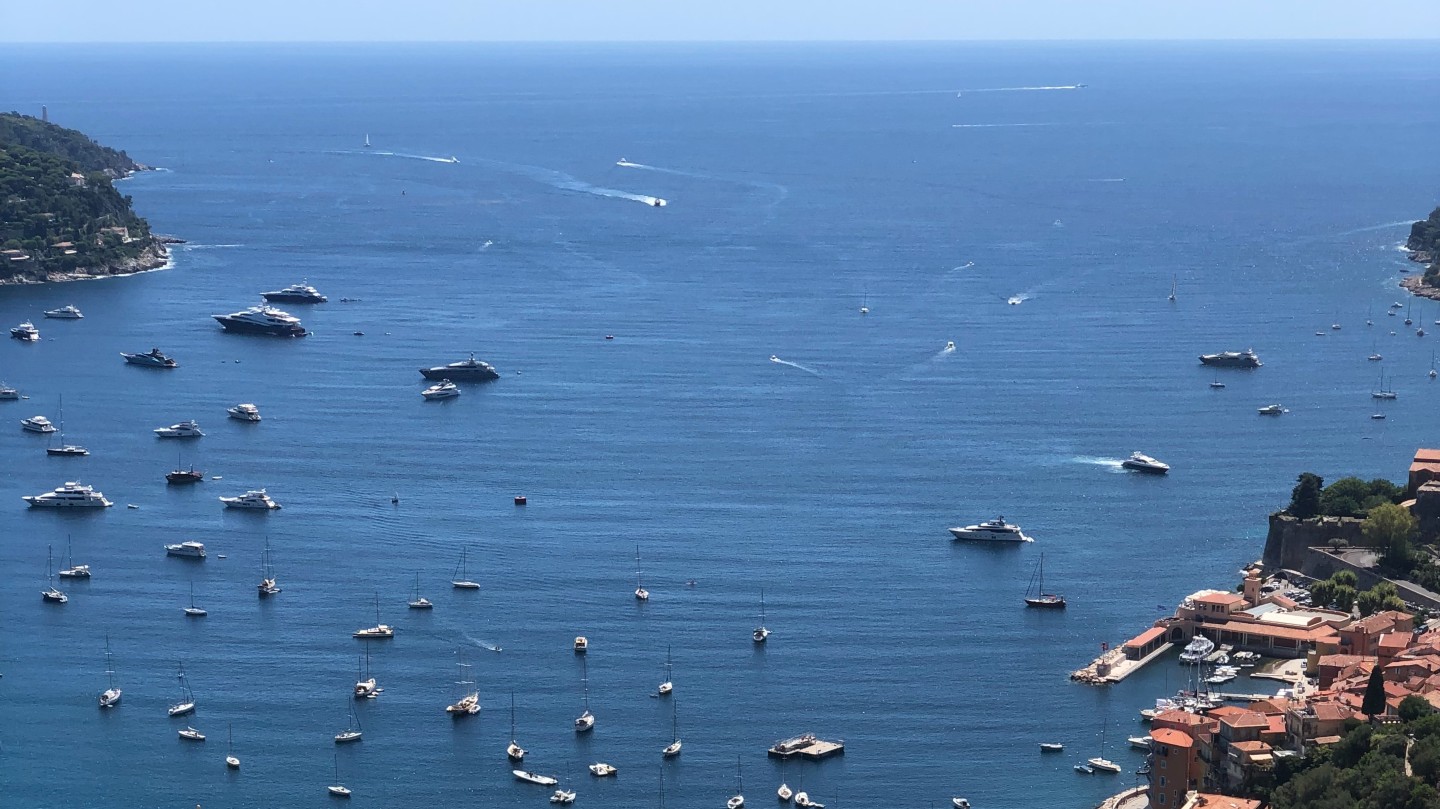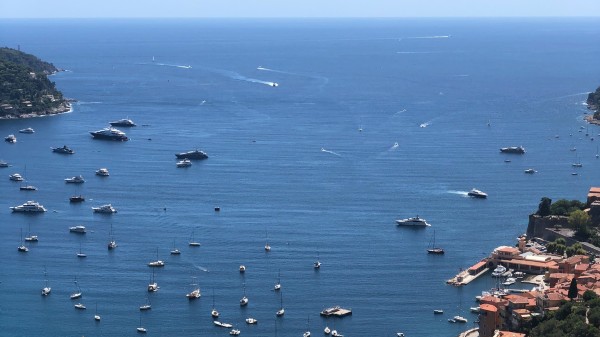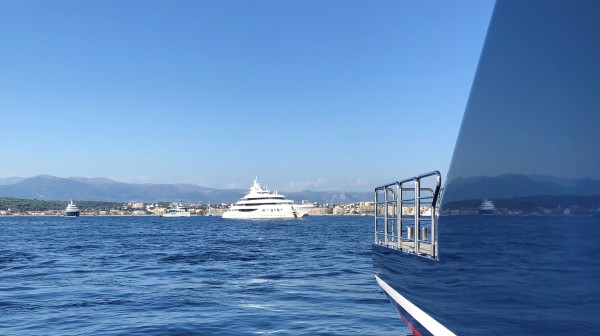
What's new
Home / What's New / Whats new detail
Back
FCE and FRC schemes explained
Which is best for my program?
As of 2019, non-EU commercial yachts can be imported into the EU using one of two schemes. Understanding how they work is key to deciding which is best for your charter program.
Importation under the FCE
The first is the French Commercial Exemption (FCE). Under the FCE you can import a yacht under a VAT exemption scheme. The yacht must be commercially registered with LOA over 15m, have permanent crew on board, be used exclusively under charter contract with market rate fees charged, and 70% of ‘trips’ must be carried out outside French territorial waters.
If this is the first time you are entering EU waters - the yacht is new or has been purchased by another owning company, for instance – you will have to import her under the FCE ‘by anticipation’ and sign a statement declaring you will meet the FCE criteria in this calendar year. Yachts that were previously imported under the FCE can continue to use the scheme if they complied with the FCE criteria during the previous year.
Once the yacht had been imported under the FCE it must not be used privately or switch to private use in French waters. If it did, it would forfeit the ability to operate under the FCE scheme for ever.
What happens if at the end of the year you fail to meet the criteria?
In the case of ‘returning’ yachts, they will no longer qualify for importation under the FCE next year. In the case of “first time” yachts, the situation is less rosy. As of the 1st January of the following year, VAT will be due on the hull as well as on all operational expenses which were carried out in VAT exemption during the past year.
How does importation under the FCE work?
The yacht must be declared to customs using the Single Administrative Document (SAD). The SAD can be filed electronically when a yacht is in a French/Monegasque port. H&V will handle this.
Importation under the FRC
The second scheme is a VAT deferment scheme called French Reverse Charge (FRC). If you import the yacht under this scheme, the VAT due on importation can be immediately declared and reclaimed on the same VAT return. No actual payment is required and there are no navigation constraints as with the FCE. One last point, while the scheme is open to EU and non-EU companies, EU companies typically cannot comply. The scheme requires them to provide evidence of four importations during the past year. However this should change as of 2020.
The main advantage of the FRC scheme is that it does not expose a yacht entering EU waters for the first time to a potential VAT liability.
To import a yacht under the FRC scheme, the Owning Company must appoint a French or Monegasque Tax Representative to handle the paperwork, acquire a VAT number, EU customs (EORI) registration and obtain Customs authorization before arrival.
Importation under the FCE
The first is the French Commercial Exemption (FCE). Under the FCE you can import a yacht under a VAT exemption scheme. The yacht must be commercially registered with LOA over 15m, have permanent crew on board, be used exclusively under charter contract with market rate fees charged, and 70% of ‘trips’ must be carried out outside French territorial waters.
If this is the first time you are entering EU waters - the yacht is new or has been purchased by another owning company, for instance – you will have to import her under the FCE ‘by anticipation’ and sign a statement declaring you will meet the FCE criteria in this calendar year. Yachts that were previously imported under the FCE can continue to use the scheme if they complied with the FCE criteria during the previous year.
Once the yacht had been imported under the FCE it must not be used privately or switch to private use in French waters. If it did, it would forfeit the ability to operate under the FCE scheme for ever.
What happens if at the end of the year you fail to meet the criteria?
In the case of ‘returning’ yachts, they will no longer qualify for importation under the FCE next year. In the case of “first time” yachts, the situation is less rosy. As of the 1st January of the following year, VAT will be due on the hull as well as on all operational expenses which were carried out in VAT exemption during the past year.
How does importation under the FCE work?
The yacht must be declared to customs using the Single Administrative Document (SAD). The SAD can be filed electronically when a yacht is in a French/Monegasque port. H&V will handle this.
Importation under the FRC
The second scheme is a VAT deferment scheme called French Reverse Charge (FRC). If you import the yacht under this scheme, the VAT due on importation can be immediately declared and reclaimed on the same VAT return. No actual payment is required and there are no navigation constraints as with the FCE. One last point, while the scheme is open to EU and non-EU companies, EU companies typically cannot comply. The scheme requires them to provide evidence of four importations during the past year. However this should change as of 2020.
The main advantage of the FRC scheme is that it does not expose a yacht entering EU waters for the first time to a potential VAT liability.
To import a yacht under the FRC scheme, the Owning Company must appoint a French or Monegasque Tax Representative to handle the paperwork, acquire a VAT number, EU customs (EORI) registration and obtain Customs authorization before arrival.

